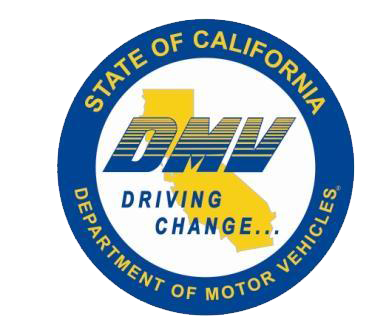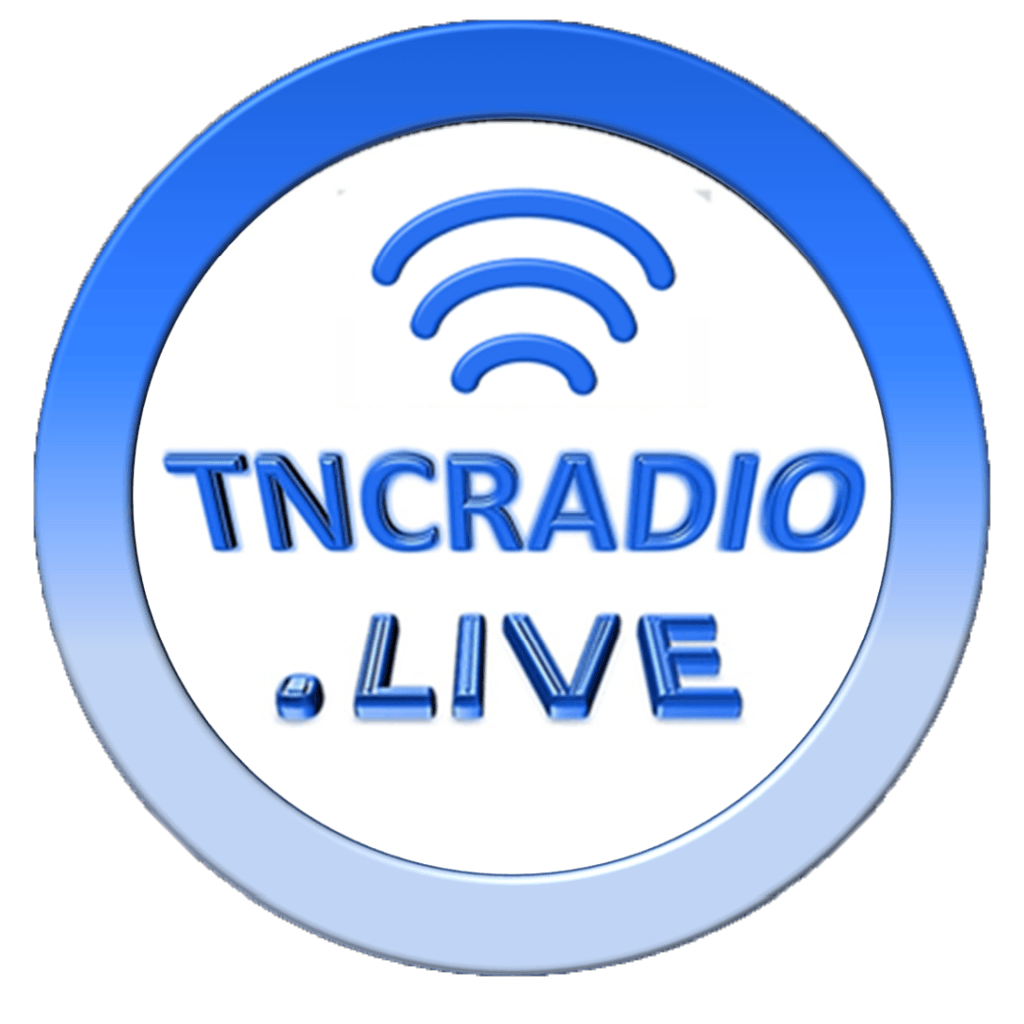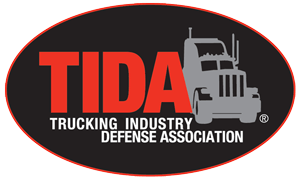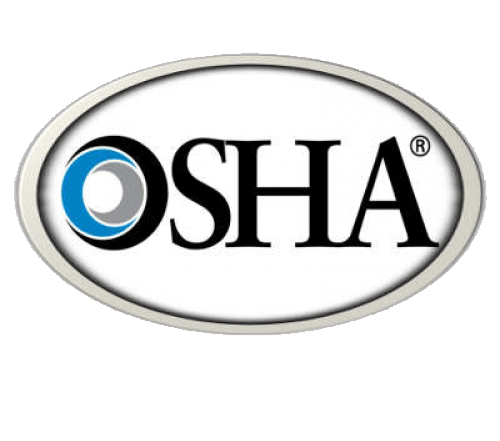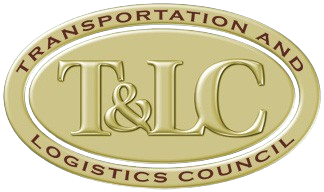How to Write a Business Plan for Your Trucking Company
How to Write a Business Plan for Your Trucking Company
By this time, you have to picked your service lane or area. For example, if you are based in Southern California. Decide if you’re going to run local or intrastate (within California) or regional interstate for example from California to Oregon or over to Texas. You have picked the type of commodity or freight you want to haul depending on your preference.
From financial projections to marketing to everything in between, a business plan is an important tool for charting your company's future growth.
Do you have a plan for growing your trucking company? If so, you need to put that plan on paper.
A business plan is the most effective way to explain the stability and goals of your company. Banks, investors and other potential partners may ask to see your business plan. Having a well-crafted document to share makes a strong statement about your company.
The process of writing your business plan also has value. It can help you better understand your industry and your own company. Writing a business plan allows you to step back from day-to-day operations and see the big picture. What are your company’s strengths in the marketplace? How is your company different from competitors? Where do you want your company to be in five years? How will you achieve that growth? Having a business plan and updating it at least once a year can help your company identify and achieve its goals.
Every business plan is unique, but there is a formula you can follow. There are also several software products available that walk you through creating a business plan and a financial forecast. Cloud-based software that costs as little as $10 to $12 per month and can help you craft a business plan within a few hours. You can also view sample business plans on the Internet.
Below are some key sections to include when writing a simple business plan for your trucking company.
Executive Summary
This section appears first, but you will want to write it after thinking through the other parts of your business plan. The executive summary is a one- to two-page overview that introduces your company and its future plans. It also explains why your company will succeed in meeting its goals.
The executive summary needs to be quick, accurate and filled with good information. If the reader does not find it compelling, he or she will not read the rest of your business plan. The executive summary should highlight the following: your company mission, products and services, performance highlights, financial information and future plans.
Company Description
This section details the history and background of your business. It describes the overall mission of your company and what makes it unique from its competitors. The company description contains key facts about your trucking company: the owners, the year it was incorporated, where you conduct business and the states where the company is registered. If you have several employees, this is where you can outline your organizational structure, as well as roles and responsibilities.
Use this section to promote your company’s competitive advantages. You can write about newly acquired clients, fleet expansions and other recent successes.
Services
Then outline the trucking services your company provides and how you are meeting customer needs. For example, a trucking company in Atlanta might explain that it hauls flatbed loads because the southeast has a longer construction season and a large timber industry. Including the customer perspective builds the case that your services are important and in demand.
The services section can also include details about pricing, the materials you haul and the industries that you serve.
Market Analysis
Your market analysis illustrates how well you know your business. It shows your awareness of industry trends, customer needs and how your company plans to capitalize on them.
It is beneficial to provide a broad range of data that explains why your company can excel in a crowded trucking market. The U.S. Small Business Administration suggests these topics should make up your market analysis:
Industry Description and Outlook – How big is your segment of the trucking industry? Who are the major carriers and the biggest shippers?
Your Target Market – What is your company’s sweet spot? Many companies try to specialize in too many markets. Your company can stand out by narrowing its focus to target markets that generate the greatest returns.
Distinguishing Characteristics – Explain the critical needs of potential customers and how your company will meet them.
Size of the Primary Target Market – Provide more detail about your most important market and customers.
Market Share – How much business does your company expect to gain within a specific time period? Explain your logic behind these projections.
Pricing and Gross Margin Targets – Define your company’s pricing structure, margins and any possible discounts.
Competitive Analysis – Show that you have done your homework on your competitors. Describe their strengths and weaknesses.
Regulatory Restrictions – How have government regulations like Hours of Service and fuel emissions guidelines affected your company? How do you expect future restrictions to have an impact?
Sales and Marketing
Now that you have analyzed your market, what is your strategy to gain market share? This section can be split into two categories:
Marketing Strategy – Explain your tactics for building a loyal customer base and attracting new customers. How will you promote your services and what channels will you use to do it (examples: trade publications, social media and email lists)? Does your strategy include acquisitions or major purchases? What industries and regions will you target in promoting your company?
Sales Strategy – Describe the vision for your sales force. Do you plan on adding sales associates or using independent agents? How do you identify prospects and what is your process for calling on them? Explain the closing rate of your sales team and how that contributes to your company’s financial goals.
Financial Projections
This section contains financial statements and information that show your company’s ability to meet its goals. Include basic statements like profit & loss, cash flow, your company balance sheet and your sales forecast. You will also need to paint a picture of how your company will perform over the next five years. Make sure that your projections line up with any financing requests you plan to make to help grow your business.
Your business plan does not have to follow this exact structure. Business plans can differ significantly by industry. You can find thousands of examples of actual plans on the Internet. However, your business plan must be unique to your company and its goals. Writing one may be a lengthy process, but it can help steer your company in a positive direction.
Content Disclaimer: Due to the constantly changing nature of government regulations, it is impossible to guarantee the total and absolute accuracy of the material contained herein or presented. NorthAmerican Transportation Association (NTA) cannot and does not assume any responsibility for omissions, errors, misprinting or ambiguity contained. NTA shall not be held liable in any degree for any loss, damage or injury caused by any such omission, error, misprinting or ambiguity present. It is made available with the understanding that NTA is not engaged in rendering legal, accounting or other professional service. If legal advice or other expert service is required, the services of such a professional should be sought.



